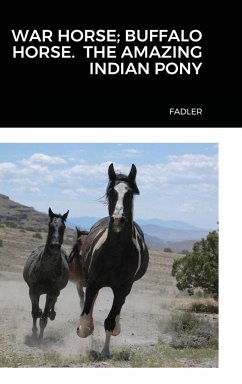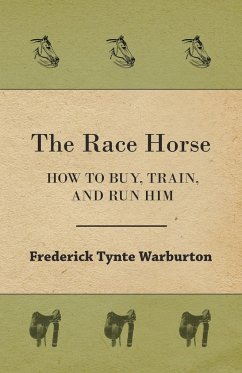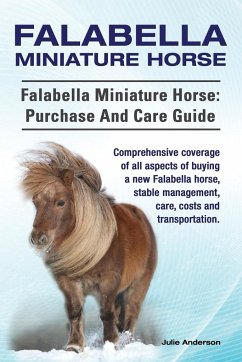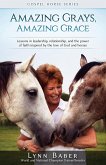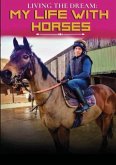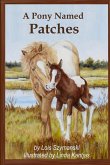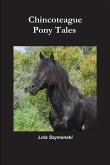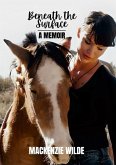A Buffalo runner was the toughest, big hearted little horse to have ever lived, truly an amazing animal. The Spanish mustang trained to chase a herd of Bison, or single buffalo cows or bulls without direction, as the Indian rider sat bareback or on a pad saddle with hands free in order to fire an arrow or throw a lance at the Buffalo, stayed the course without guidance, only his training kept him on target. These horses were invaluable when trained and could not be had for any amount of money, except perhaps a white buffalo robe that was considered nearly priceless. They have earned a place in history as a western icon but many of these sturdy fleet footed strong horses are still rounded up, chased by helicopter until deathly exhausted before being loaded into trucks then taken to an unfamiliar place, even though they had received federal protection. Do these small but mighty horses deserve such a fate or do they deserve the respect of having earned a place in our country's history? They have earned the right to run free over the plains as they have for well over three hundred years. These horses, not unlike other plains animals, according to biologists, do not reproduced as fast as they are accused of doing since herd sizes are determined through acts of nature, as it should be. Deer, antelope, and other grass eaters are not treated this way that is because of the argument that the horse is not a native species. Horses did evolve in the United States. Tiny little Eohippus does not look like today's horses, but it did originate in the western parts of what is now the US making horses a natural species. To argue they are not is ignoring evidence, and basing the ancestors of little Eohippus solely on looks. Many scientists and some archaeologist feel the same way. I hope reading this information, will lead to a more complete history of the importance of these sturdy mustangs'. Hopefully people will be encouraged to write their congressmen and women to ensure they remain protected. We owe that to our children and grandchildren so they understand the importance that this strong little mustang had to the native people of this land.
Hinweis: Dieser Artikel kann nur an eine deutsche Lieferadresse ausgeliefert werden.
Hinweis: Dieser Artikel kann nur an eine deutsche Lieferadresse ausgeliefert werden.

